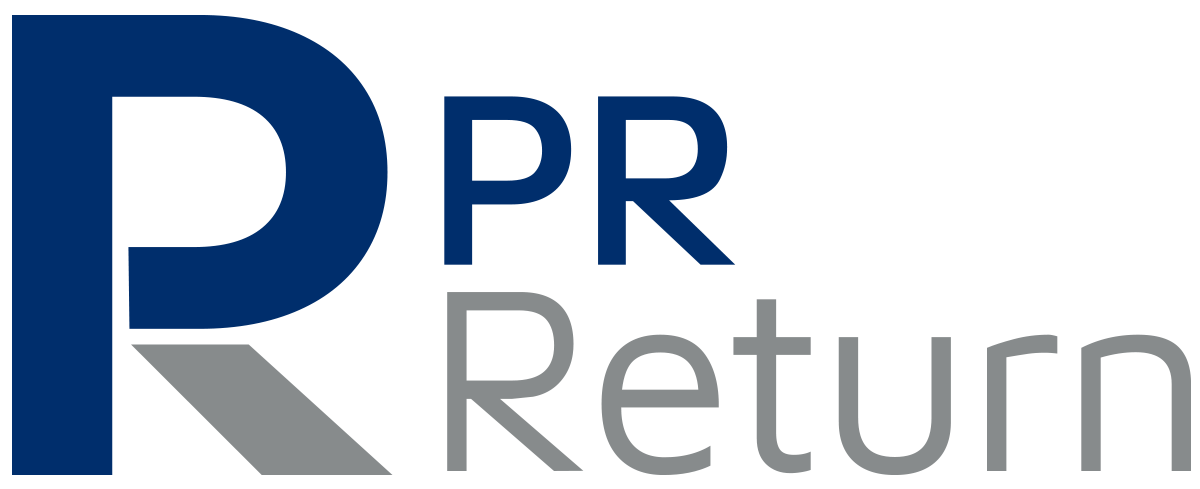Many companies eventually face a point where they must address topics in interviews they’d rather not. Whether it’s a dispute between company leadership that somehow reached the public or the press, an industry trend that doesn’t reflect well on a core aspect of the business, a sensitive partner relationship, or any number of other possibilities that run the gamut from big to small. No matter what it is, though, the truth matters and lying to a reporter is never a good approach.
Here's a perfect example of why:
Katie Roof is a reporter for Bloomberg covering “venture/tech deals,” and for many companies, would be considered a top media target. Burning that bridge for even a “little white lie” isn’t worth it. Especially because it’s unlikely to remain a secret:
Reporters talk to each other; both their coworkers and colleagues at different media outlets. Many who cover the same beats have known each other for years. There is nothing to stop them from sharing when a company spokesperson lied to them. As word spreads, it only creates more barriers to establishing working relationships with reporters who might otherwise cover your company news or turn to you for industry commentary and analysis.
Better than “No Comment”
While we agree with Katie Roof that “no comment is always better than dishonesty,” we still believe spokespeople can do better than “no comment.” While it may be slightly uncomfortable, addressing an issue head on before moving to a more agreeable topic is preferred. Having a statement or go-to response prepared before an interview should a troublesome topic arise, is the better play. This serves two purposes:
Shows that the company isn’t hiding from the issue by acknowledging it (and apologizing, if necessary).
Hopefully satisfies the reporter’s curiosity about the topic (assuming the entire interview isn’t focused on the particular issue).
Remember Your Media Training
Hopefully, before any spokesperson sits down for an interview, they’ve been media trained. Media training prepares spokespeople for interviews by providing the tools they need to get priority messages across; provide concise, quotable answers; and navigate potentially less-desirable topics gracefully. A couple of those techniques:
Bridging: switching the subject to one you want to talk about.
“That’s a good question. [prepared statement on the thorny issue]. But based on what our customers tell us, [alternative topic] …”Flagging: prompting the next question by placing an interesting premise in the answer to a previous question, a.k.a. leaving “it” out there.
“Our company helps its customers, including leading organizations across a wide range of industries, achieve some very impressive results.”
Bridging and flagging provide opportunities for the interviewee to gently guide the conversation to more desirable topics. But they’re only effective after addressing the reporter’s question. If the question is left unanswered, the reporter will circle back to the question until they receive a satisfactory answer. It’s better to simply address it, truthfully, before moving on.
Of course, if a reporter asks a question that a spokesperson doesn’t know the answer to, it’s perfectly OK for them to respond with “let me check on that and get back to you.” Just be sure to follow up with an answer after the interview.
The most important thing: never lie to a reporter.
Contact us today to see how PR Return can help your spokespeople prepare for interviews with a media training session. Or, if your spokesperson recently lied to a reporter, contact us to discuss next steps for correcting that mistake.

